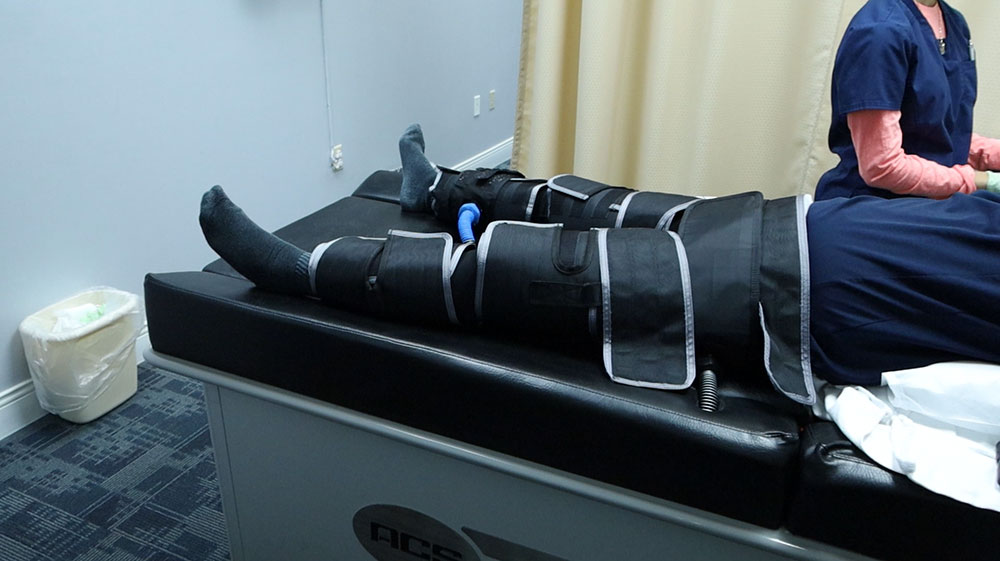What is EECP?
Enhanced External Counter Pulsation (EECP) is a non-invasive, FDA approved, outpatient therapy for patients having coronary artery disease with persistent symptoms of angina or heart failure who have already had the standard treatments for revascularization or those who are not eligible for surgical intervention.
EECP stimulates the formation of collaterals to help create a natural bypass around narrowed or blocked arteries to improve coronary perfusion.
This increases the amount of oxygen-rich blood to the heart and reduces the symptoms of chest pain, shortness of breath, and fatigue.
Who needs EECP?
- Patients with coronary artery disease who do not require surgical intervention.
- A patient with chronic angina and medical therapy alone does not provide satisfactory relief.
- Patients who have already undergone one or more invasive procedures who have persistent chest pain.
- Patients who are seeking to lower the requirements for medications.
What are the benefits of EECP?
- Lowers the requirement of medications.
- Decrease the onset and frequency of chest pain.
- Enhance the quality of life and the ability to return to daily activities.
How does EECP work?
EECP affects the dynamics of cardiovascular blood flow. A series of inflatable cuffs sequenced from the calves, thighs, and hips rapidly inflate and deflate.
The timing of the inflation will be during the exact resting phase of each of your heartbeats. This timed compression in the lower extremities pushes the arterial blood backward into the aorta and increases the coronary perfusion pressure causing stress in the coronary arteries facilitating the development of collaterals.
EECP also increases the venous return during the sequential compression of the lower extremities with a “milking” effect at the same time as the arteries, which further increases cardiac output.
Since collaterals take time to develop, EECP is given for about 1 hour a day, for 7 weeks, with a total of 35 sessions. 80% of patients usually notice improvement of symptoms with this therapy.
Patients may be ordered a nuclear stress test after the course of therapy is complete to confirm the improvement of coronary blood flow.
Can anybody with chest pain try this?
- Uncontrolled congestive heart failure
- Uncontrolled arrhythmia
- Severe pulmonary or systemic hypertension
- Mild to moderate aortic insufficiency
- Significant coagulopathy- patients on heparin or warfarin
- Severe peripheral vascular disease
- Thrombophlebitis- Inflammation in the veins due to a clot
What are the risks of EECP?
EECP is a non-invasive procedure and risks are very low. Although risks are rare, patients may feel discomfort or minor pain in their legs or back.
Other effects may include bruising, blistering, or skin abrasions from the inflatable cuffs.

